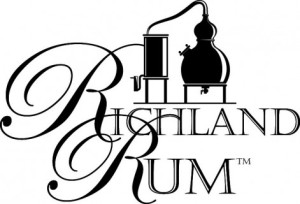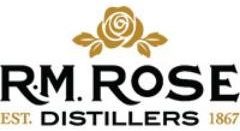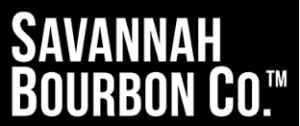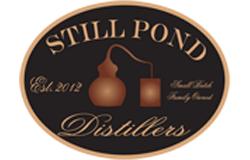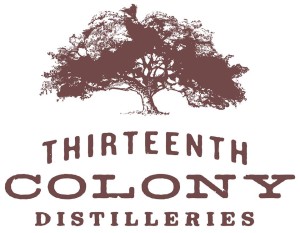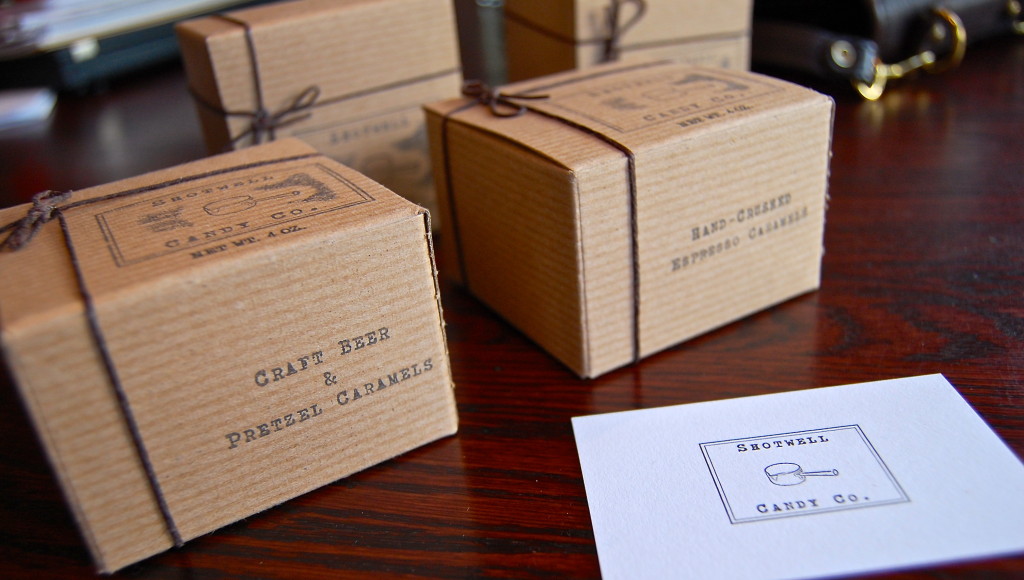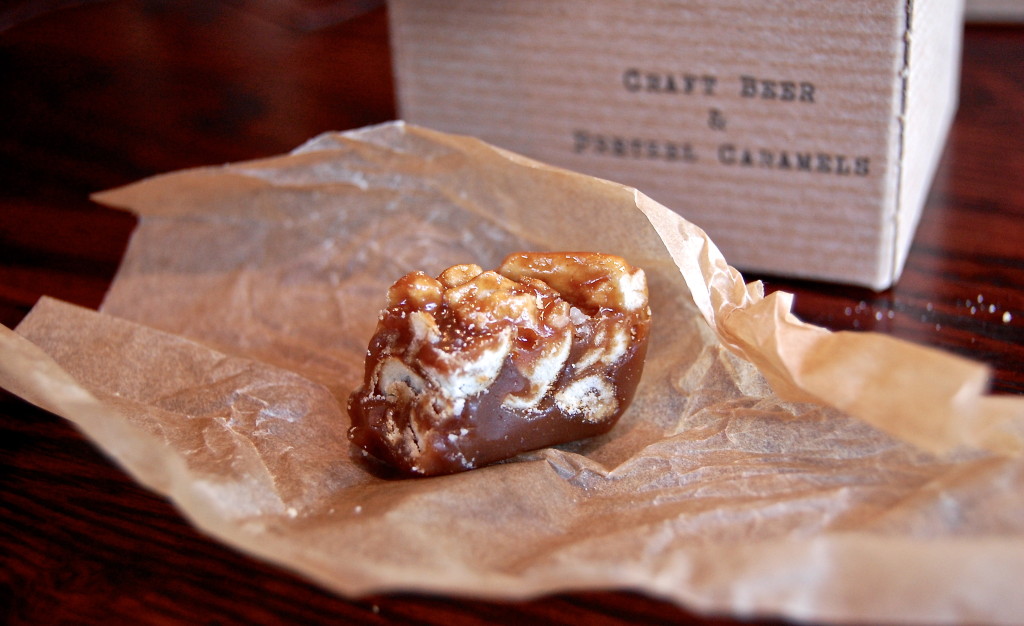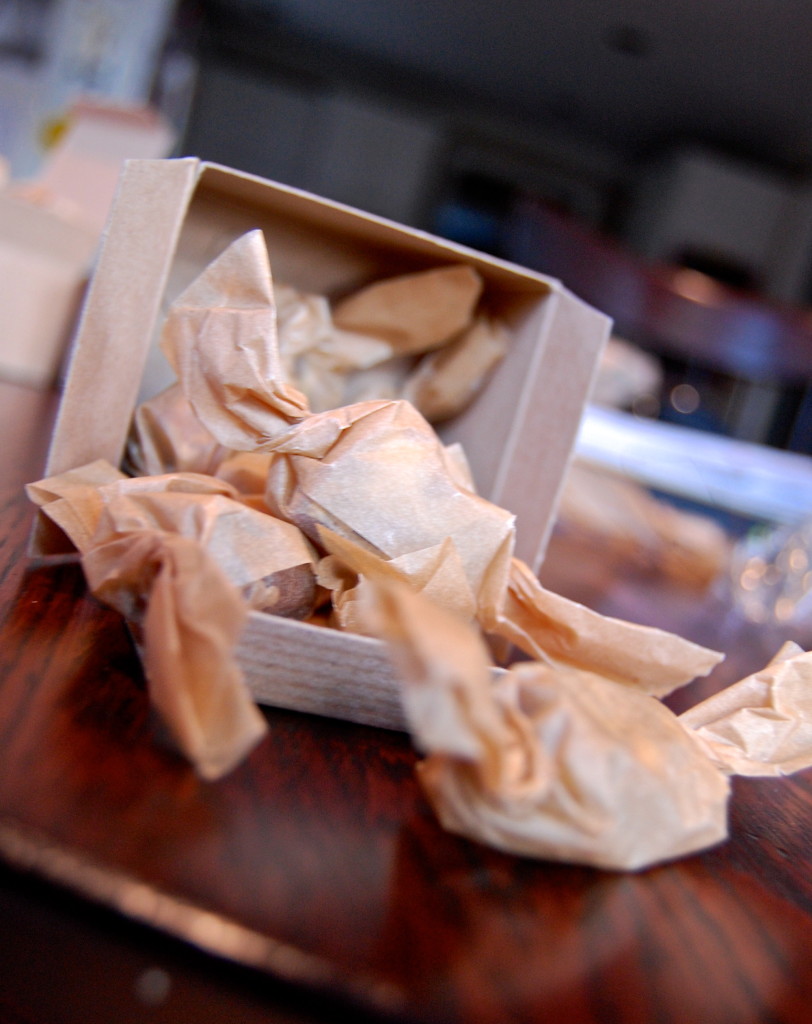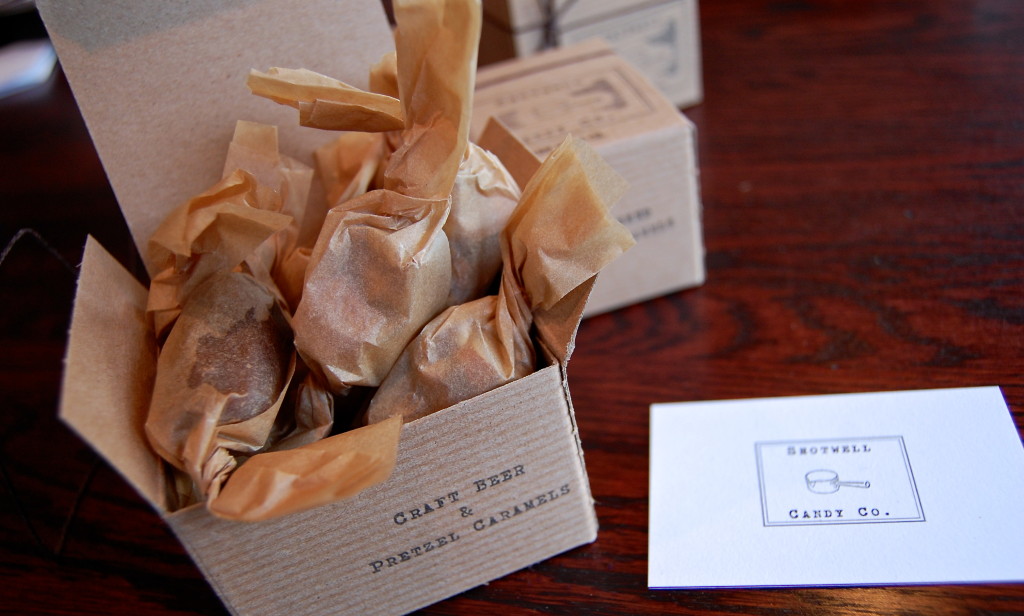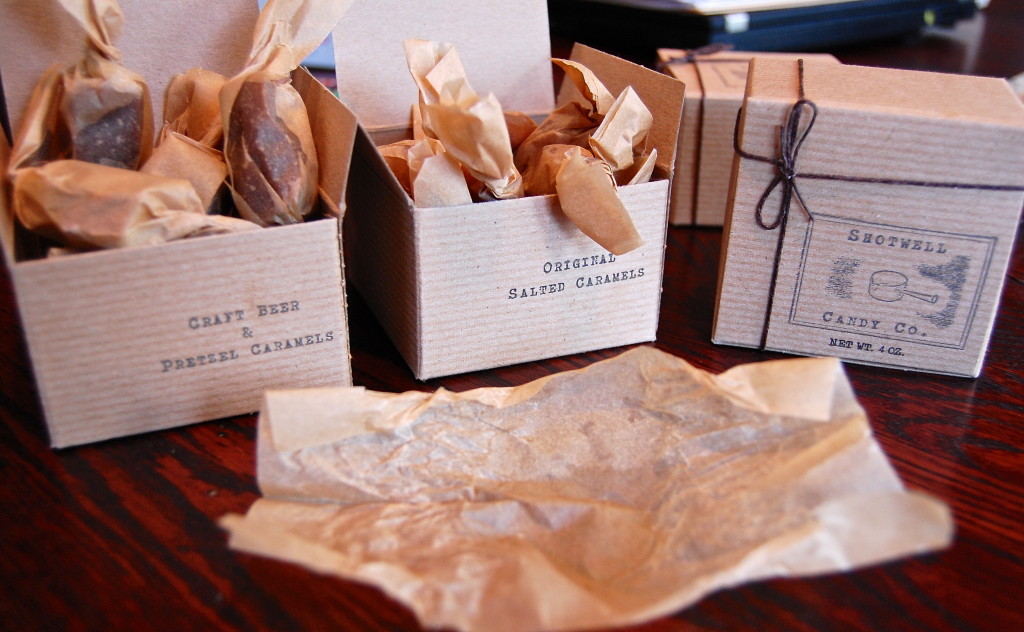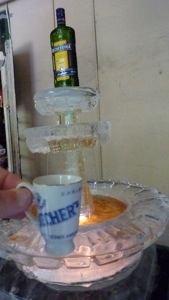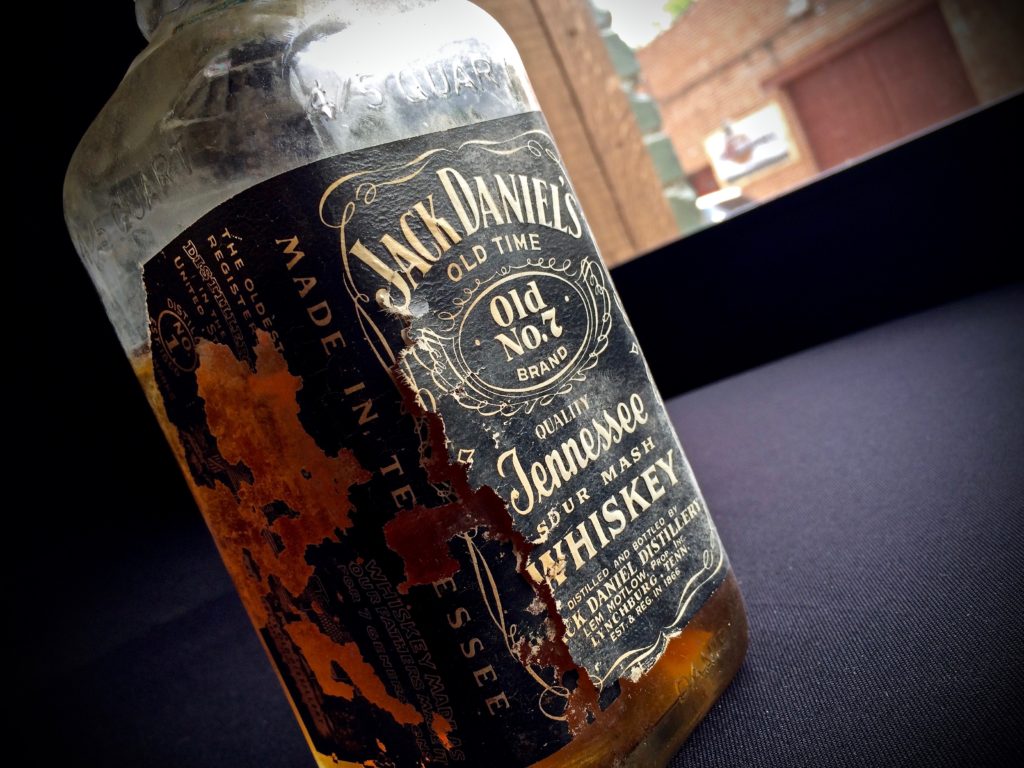
I never really considered that tasting a Jack Daniel’s whiskey that was bottled in 1968 might be a possibility in the year 2016. Where would I find such a thing? How could it have escaped thirsty lips for nearly 50 years? How much would it even cost if I did find it? And, of course, how would it taste?
Well, I was recently given such an opportunity: a bottle of 1968 Jack Daniel’s, right in front of me. Clearly worn by time on the outside, but surely – hopefully – in wonderful spirit on the inside.
I didn’t find this bottle of Jack – it found me. I don’t know how it lived this long without being devoured. I have no idea how much it cost, nor the nature of any transaction involved. But I was soon about to find out how it tasted, and I quickly recognized that a bottle of Tennessee whiskey from 1968 should not just be considered in the sense of taste, but in the sense of time.
If you look at the history books, 1968 was not a particularly good year for this world, nor for Tennessee. Martin Luther King, Jr., was assassinated in my hometown of Memphis, Tennessee. Robert F. Kennedy was assassinated in Los Angeles just two months later. On the other side of the globe, North Vietnam launched the infamous Tet Offensive against South Vietnam and the United States. That’s a lot of awful for one span of 366 days (1968 was a leap year).
But, also in 1968, Star Trek treated American viewers to TV’s first interracial kiss. A bold (and controversial) act by three men in support of human rights took place on one of the world’s greatest stages – the Olympics. And the year came to an exhilarating finish with Apollo 8 orbiting the moon and offering the world an incredible look back at itself. So maybe it wasn’t all bad, after all.
In 1968, Jack Daniel’s (the distillery, not the man) was 102 years old, past the heralded Lem Motlow era, and well into the Brown-Forman years. Jack Daniel’s was already much-loved in Tennessee and throughout the United States. Thirteen years prior – in 1955 – Frank Sinatra had famously uttered onstage: “Ladies and gentlemen, this is Jack Daniel’s, and it is the nectar of the gods.” But Jack was not yet a global brand experiencing massive growth, nothing like the behemoth that it is today. That would start in earnest in the 1970’s.
So what would you expect of a bottle of Jack sent forward from 1968 into the future? Would you sense the tumult of history? Would there be a glimmering sensation that man was about to step foot on the moon after just having zoomed by for a good look? I had never asked myself those questions, but that changed last week when this bottle of 1968 Jack Daniel’s was set before me.
The setting for this taste of history was Nelson’s Green Brier Distillery in Nashville, itself a tribute to Tennessee’s whiskey past. Sean Brock, the executive chef and partner at Husk restaurants in Nashville and Charleston, was holding forth on the topic of Tennessee whiskey to a crowd gathered at the Southern Foodways Alliance summer symposium. He was joined by Charlie Nelson of Nelson’s Green Brier Distillery and Nashville journalist Jim Myers. And then they starting passing around little plastic cups of brown water. The gathered crowd had no idea what we were in store for.
Brock has earned something of a reputation as one of the nation’s foremost hunters of rare bourbon. He has dished on the drink with Anthony Bourdain on TV, and all you have to do is look at his cabinet of collectibles in the bar at Husk to know that he is serious about tracking down – and sharing – rare and yearned for bourbons. So maybe it shouldn’t have been a surprise that he had an unexpected bottle for us.
Like I said, I have no idea where Brock found this bottle – this 1968 Jack Daniel’s that was now before us. I have no idea how much he paid for it, or what dark closet floor it must have been inhabiting for decades. I was just thrilled to be given a chance to taste this whiskey that was born roughly a decade before I was, when stalks of corn harvested from Tennessee fields (at least I imagine so) soon met up with the limestone-rich spring waters of Lynchburg and artificial anything was nowhere in sight. GMO? What’s that? Fireball? Never heard of it.
We smelled. We sipped. We savored from our small plastic cups. The 1968 Jack tasted unmistakably… Jack. If you’ve ever had Jack Daniel’s, you know what I mean. If not, feel free to remedy the situation in the near future. But the 1968 Jack also tasted unmistakably… long-lived. It had a haze of elusive maturity to it, not deeper, or richer, or even necessarily better than typical Jack. But it was more full of character. Actually, yes, it was better than typical Jack. Much better. If I had to peg the age-added notes dancing on my tongue, I’d lean towards almond extract or even baked almond meringues. But this tasting wasn’t about the tasting notes.
We turned our thoughts from almond aromas, and notes of caramel, to timelines and Tennessee. We thought about what 1968 took from us, and what it left behind. We pondered the extent to which the world has taken in the lessons of 1968, of Martin Luther King, Jr., of trips to the moon. If only a glass of whiskey contained enough wisdom to answer any of that.
Closer to home, my mind turned from the historical landscape of Tennessee to one particular geographic corner – Memphis – where my late grandfather had already reached 55 years of age in 1968. I remembered being told that he had long ago joined the Jack Daniel’s Tennessee Squires association, which bestowed upon him a small plot of land in “the Hollow, Lynchburg.” That may seem gimmicky today, but I have to think that Jack Daniel’s in 1968 was simply a source of Tennessee pride in the midst of sometimes shameful times. Maybe it still is.
Either way, there’s little doubt that my grandfather sipped some 1968 Jack Daniel’s back in his day. That very same year, my father turned 21 while studying at Memphis State University, and had his first opportunity to legally take a pour. So, as I sat in a Nashville distillery, three generations of my family shared a symbolic sip, looking at once back in time and towards the future, through the amber lens of Tennessee whiskey.
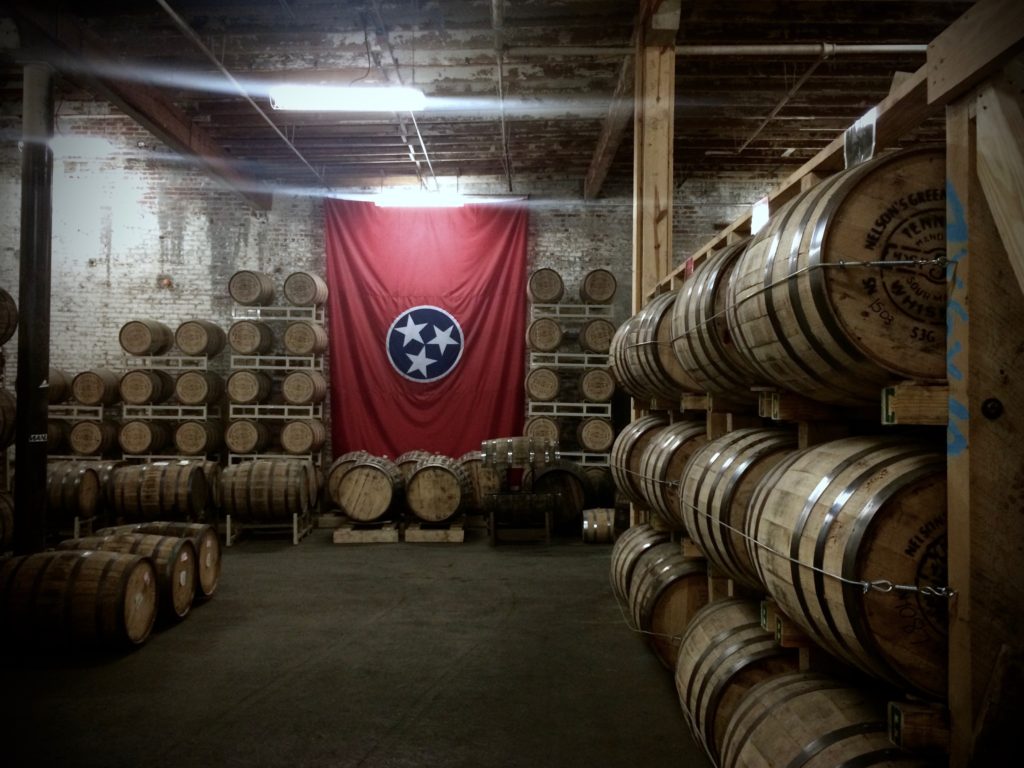
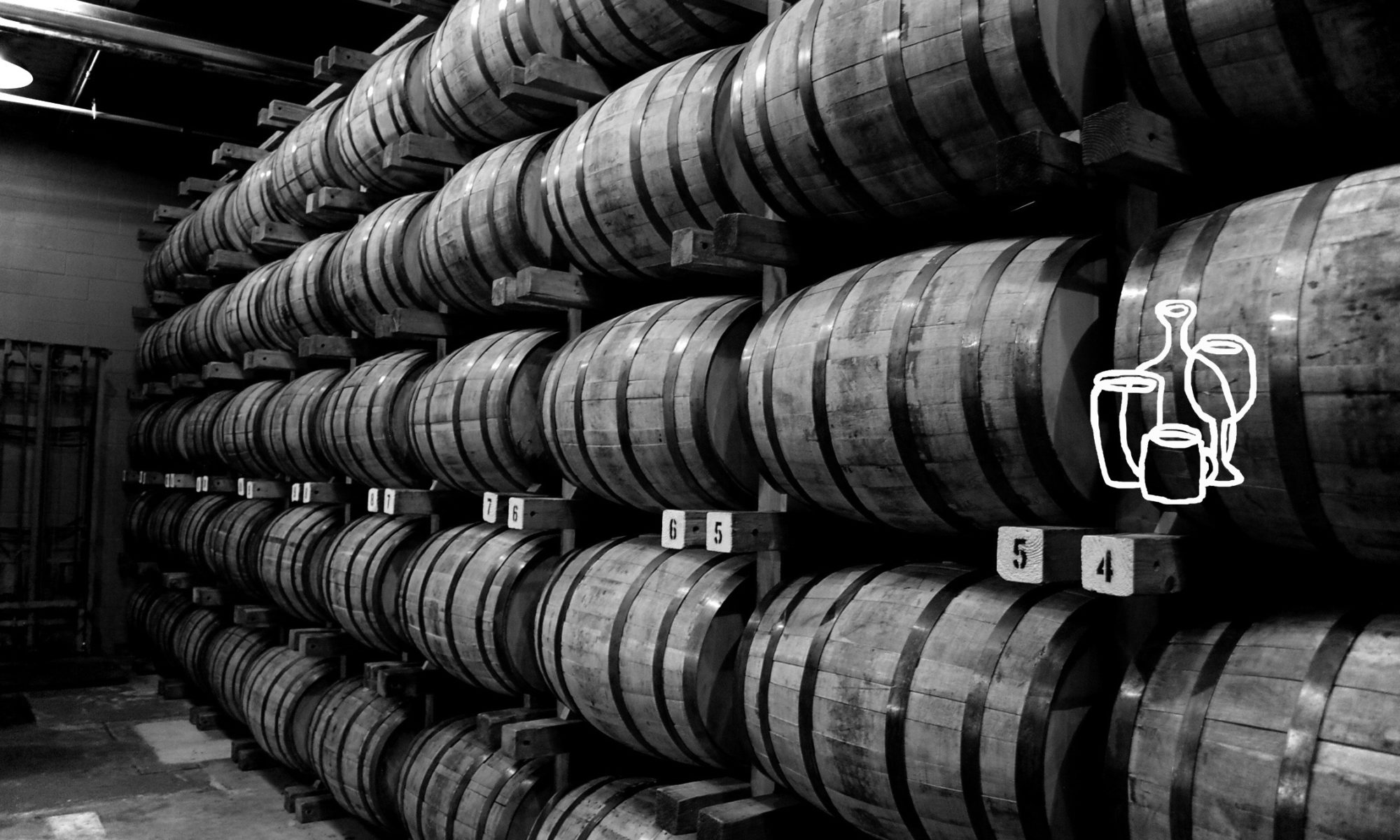
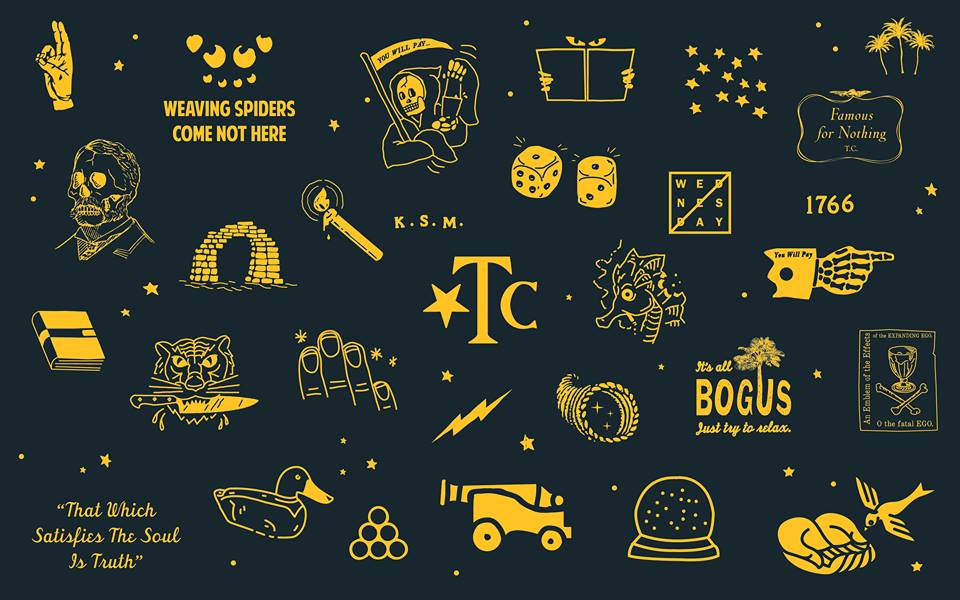
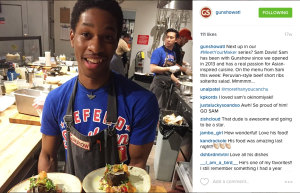
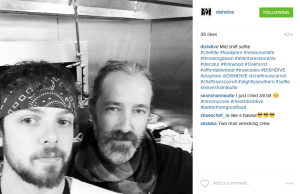

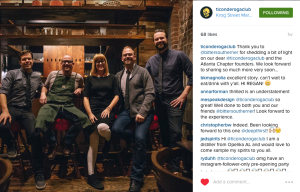
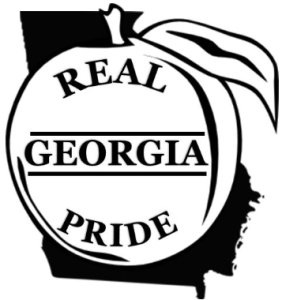 That said, many of today’s Georgia distilleries are indeed finding a way to succeed despite the challenging regulatory environment. Old Fourth Distillery is thriving in Atlanta, Richland Rum is now selling their heralded Georgia rum as far away as Europe and Australia, and there are a few micro-distilleries like Lazy Guy getting really creative with their offerings.
That said, many of today’s Georgia distilleries are indeed finding a way to succeed despite the challenging regulatory environment. Old Fourth Distillery is thriving in Atlanta, Richland Rum is now selling their heralded Georgia rum as far away as Europe and Australia, and there are a few micro-distilleries like Lazy Guy getting really creative with their offerings. ASW Distillery
ASW Distillery
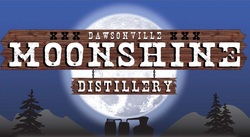 Dawsonville Moonshine Distillery
Dawsonville Moonshine Distillery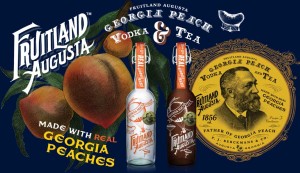
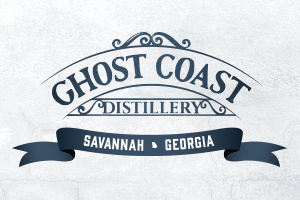
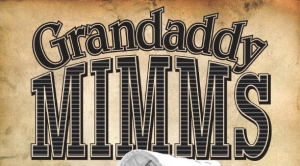
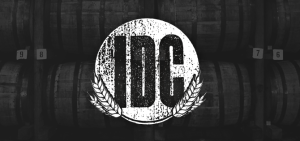

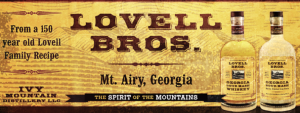

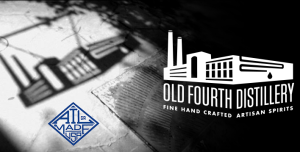 Old Fourth Distillery
Old Fourth Distillery